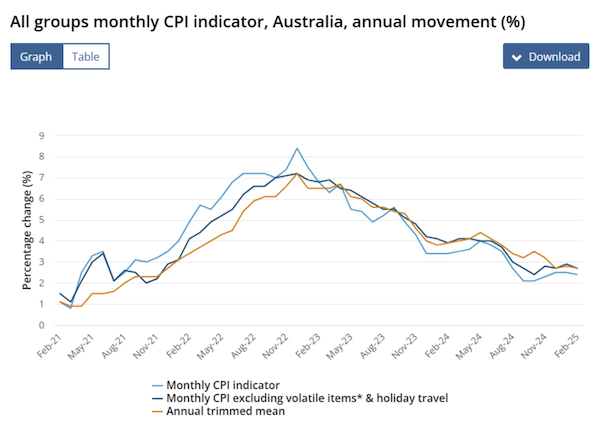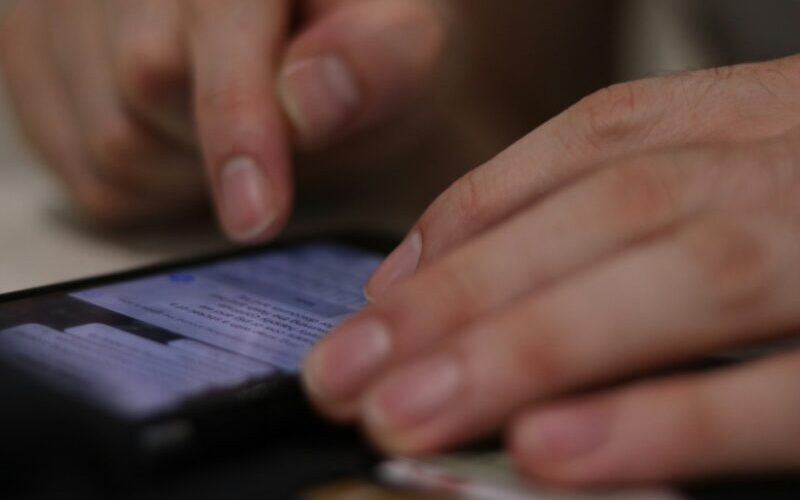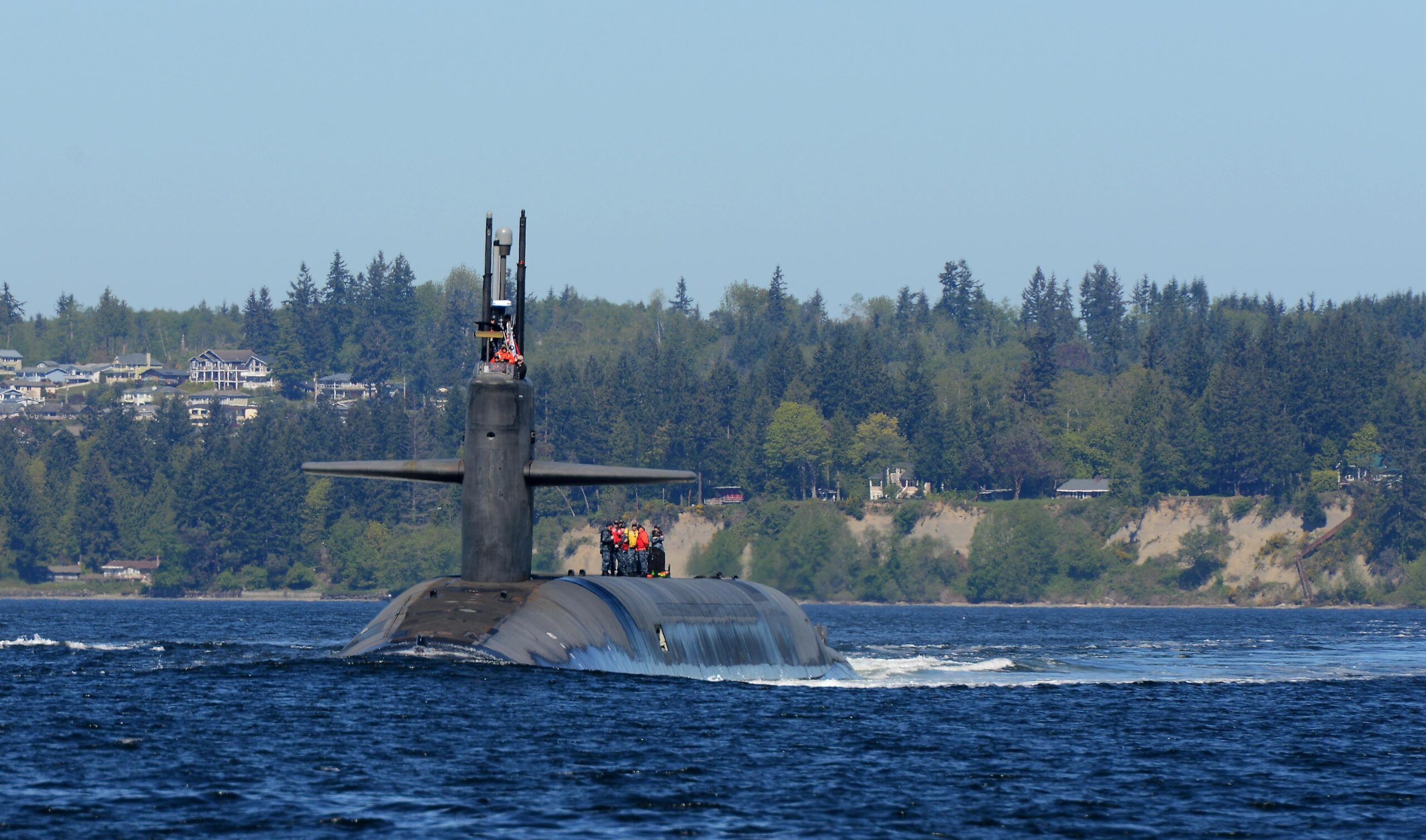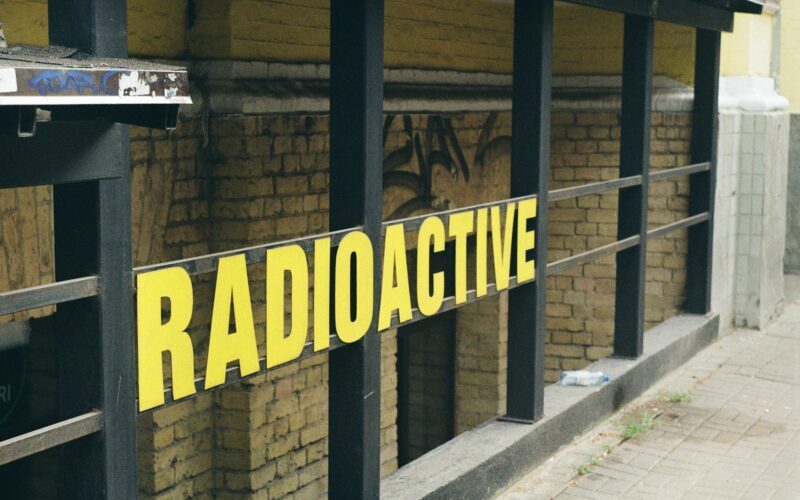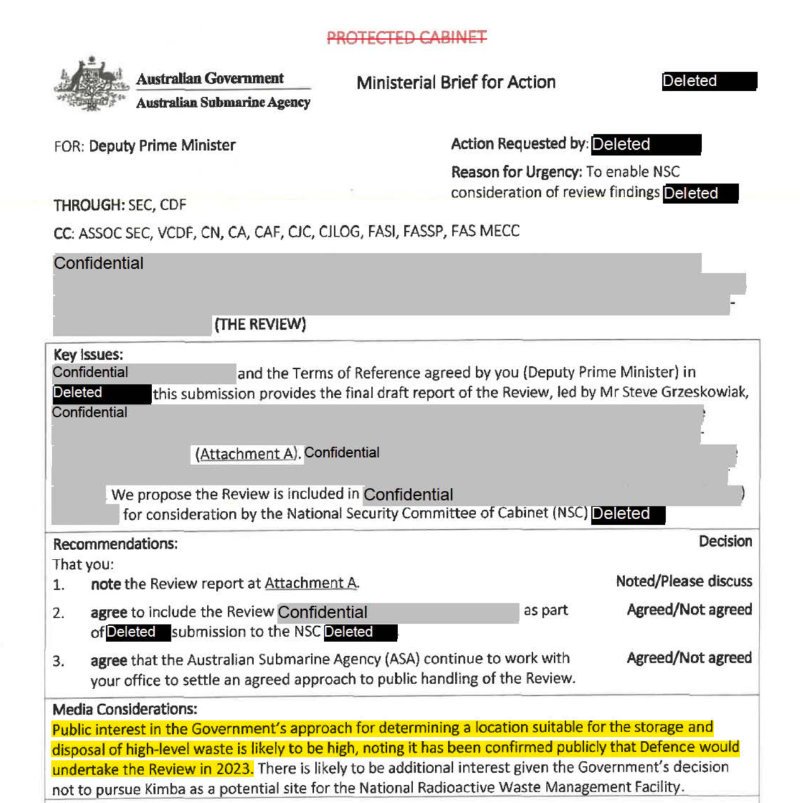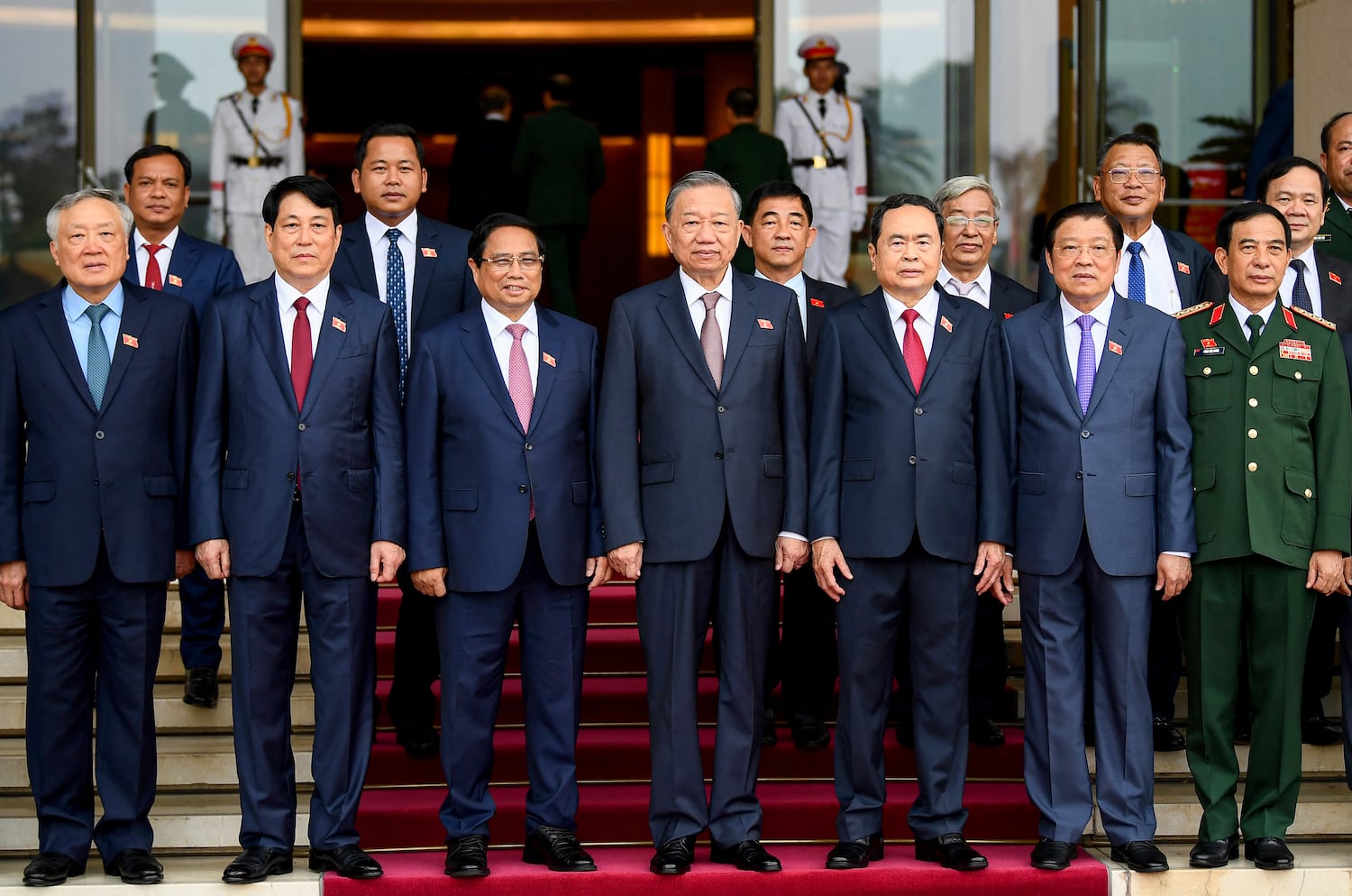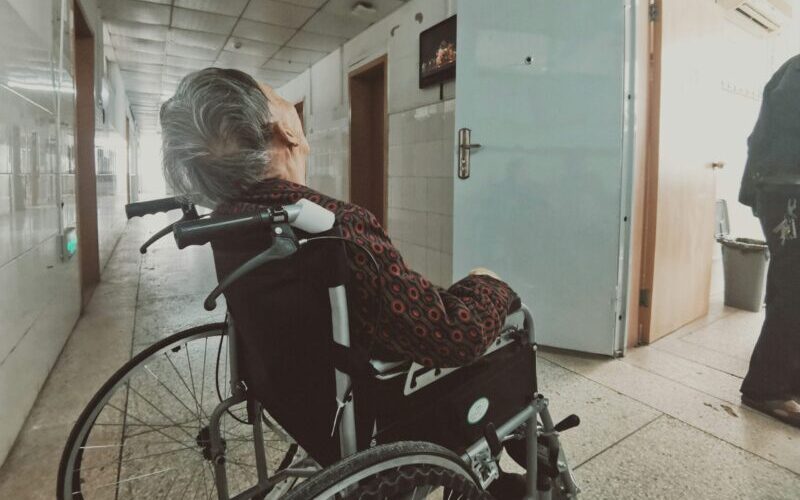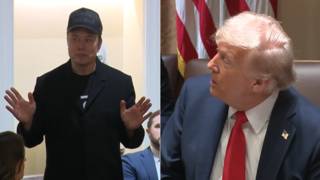Israel campaigners Ofir Birenbaum and Sophie Calland have infiltrated the Labor Party backed by far-right money. Wendy Bacon and Yaakov Aharon report.
It is shaping up as a prelude for the Federal Election; and ultra-Zionist social media influencers and Labor Party members Ofir Birenbaum and Sophie Calland are not on their first rodeo.
Calland is a key organiser of Better Australia, a new third party group that is currently being registered to play a role in the upcoming Federal Election in attacking the Greens and the Teals for threatening “Australia’s economic and social stability” and their views on Israel’s war on Gaza.
According to a draft document leaked to The Guardian, Better Australia will be pitched as an “authentic and diverse community ‘ground force’ to create a social movement.” It’s a strategy designed to hide its far-right connections.
Dark Money. Hard-right Advance targets Greens, Teals with $14m warchest
NSW Labor recruited Calland as a member in October 2023, where she is active in Alexandria branch meetings and discussions. Calland also joined Labor Friends of Israel.
Alexandria meetings are regularly attended by local state MP Ron Hoenig MP, the NSW Minister for Local government. Hoenig is a former chair and current member of NSW Parliamentary Friends of Israel.
Calland’s husband, Ofir Birenbaum, is a “close friend of the Australian Jewish Association” (AJA) which is on the far-right of Zionist politics and a strident critic of the Albanese government.
AJA President David Adler is a founder member and advisor of astroturfing lobby group Advance that has amassed $14 million to target Greens and Teals and to a lesser extent Labor in the coming Federal election.

Sophie Calland and Ofir Birenbaum. Image: Ofir Israel, Facebook
Birenbaum is also a Labor party member. He joined the Rosebery Branch of Labor in November 2024. This is the home branch of the Minister for Environment and MP for Sydney, Tanya Plibersek.
Birenbaum came to prominence recently when he teamed up with Daily Telegraph’s Danielle Gusmaroli to document alleged antisemitic experiences in Sydney. The plan went wrong.
Following legal threats, Cairo Takeaway has since retracted its allegations that Birenbaum tried to provoke an antisemitic incident. Birenbaum has consistently denied the allegation.
Birenbaum’s links with extreme Zionist organisations have already been exposed. He is a ‘close friend’ of the Australian Jewish Association, a leader in Together with Israel and an early organiser with Christian Zionist organisation Never Again is Now.
Since last Sunday evening, Birenbaum has erased the last of his social media pages and digital footprint.

Senator Simon Birmingham with Together with Israel campaigners. Birenbaum on the right.
Sophie Calland was the public face of the astroturfing campaign Better Council Inc during the local government elections in September 2024, having authorised all the election materials.
However, the owner of Better Council’s ABN is Alex Polson, an LNP member who previously worked for Senator Simon Birmingham. Like most of the other members of the Better Council organising team, Polson was a key organiser in Together with Israel.
Better Council – more Labor than grassroots
Better Council urged voters to ‘PUT GREENS LAST’, claiming the Greens had betrayed their environmental roots for an antisemitic obsession with Israel, leaving behind their environmental roots.
Birenbaum was an organiser with Better Council. In August 2024, he recruited volunteers, accused unnamed councillors of inciting antisemitism, and staffed polling booths in Marrickville, Balmain and Stanmore.
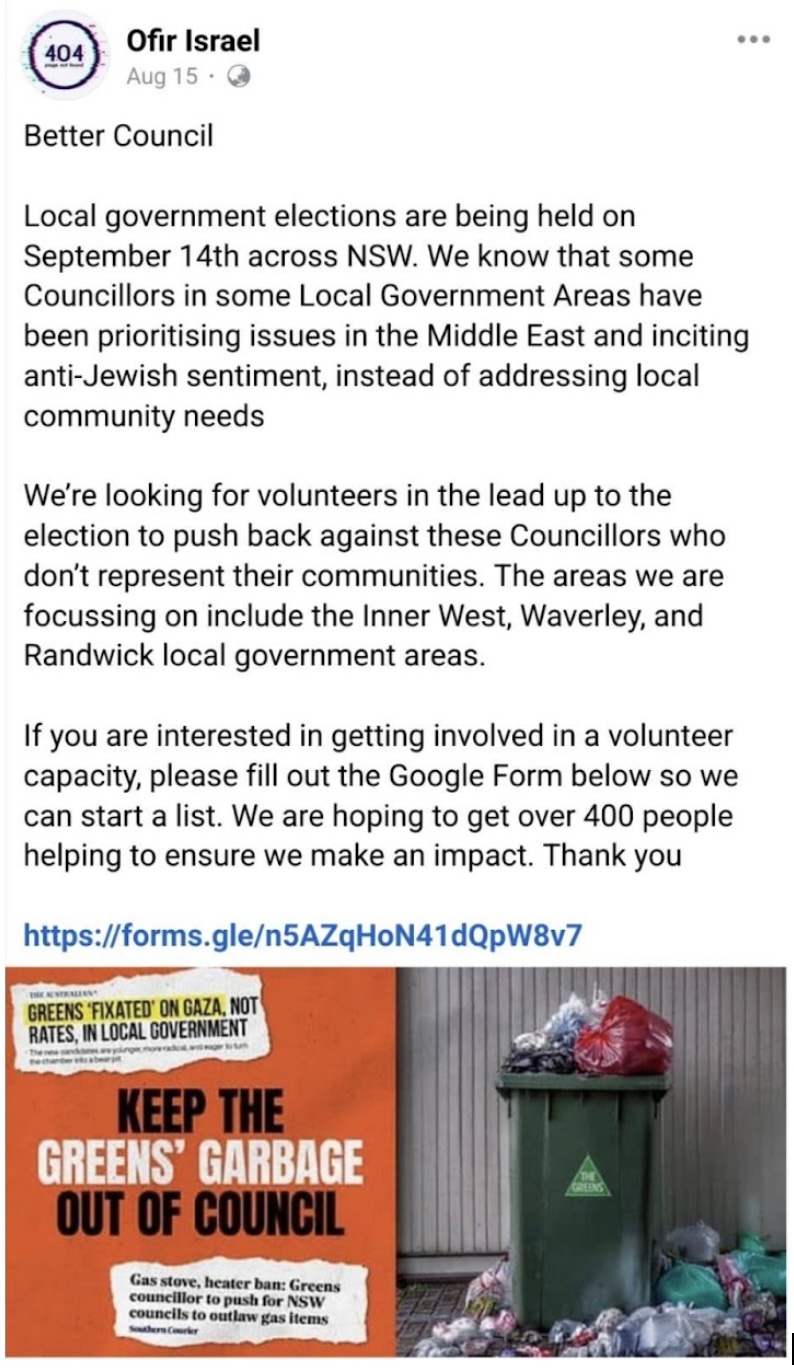
Pictures: Post by Ofir Birenbaum recruiting for members of Better council. Source: Ofir Birenbaum’s public Facebook account
Several Inner West Greens members told MWM they had observed Labor volunteers helping Better Council volunteers to pack up their equipment at the end of the daily pre-poll period.
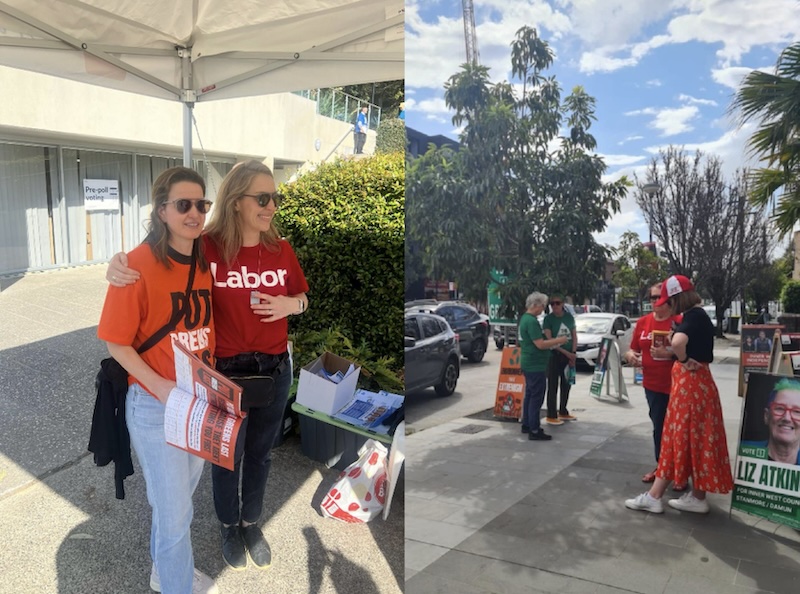
Pictured: Left: A labor and Better Council volunteer in Waverley embrace and Right: a Labor volunteer in the Inner West holds Better Council flyers with Deputy Mayor Chloe Smith.
At a Better Council Zoom meeting, volunteers were told that the Inner-West campaign was a reward for Mayor Darcy Byrne’s strong resistance to an August 2024 Boycott Divestment Sanctions motion, similar to one passed by the Labor-run Bankstown-Canterbury Council.
The Greens lost three Councillor positions in the Eastern suburbs but these were more than balanced by fresh wins in western Sydney and City of Sydney LGAs. The Inner West Greens held their existing five positions but failed to make gains. In a very tight election, Mayor Darcy Byrne and Labor consolidated his control over the Inner West Council.
Better Council considered their campaign a success and held a celebration in mid-November at a luxury unit in the Cosmopolitan Hotel of glitzy Double Bay.
Advance trials election strategy in Queensland
Just weeks after the NSW local government elections, Better Council’s electoral strategy was adopted for the Queensland state elections by the newly-formed Queensland Jewish Collective (QJC).
QJC partnered with the Australian Jewish Association and was supported by Queensland Zionist and financier Stephen Fenwick who previously donated $1 million to Advance. QJC’s front person and director is Israeli Australian Hava Mendelle, whose recently migrated Israeli wife Roz Mendelle, a strategic communications specialist, is also heavily involved.
The campaign had few volunteers and relied heavily on billboards, some of which were very similar to Advance ones. It may have played a role in one Green state MP Amy McMahon narrowly losing her seat, and with no new seats won for the Greens.
By October, Advance had announced that it had raised millions that would be used to try to smash the Greens in the coming Federal election. Its biggest donor last year was the Liberal aligned Cormack Foundation.
Advance used some of those funds in the Prahran state by-election in Victoria. The Greens maintained their primary vote but failed to get sufficient preferences to hold the seat.
Like fellow astro-turfer Calland, Hava and Roz Mendelle have re-emerged ahead of the upcoming Federal election as part of a recently formed organisation Minority Impact Coalition (MIM). that aims to put pressure on Labor not to preference Greens.
MIM links are right-wing but it describes itself as ‘grassroots’. It claims to have no links to Advance.
Roz Mendelle will be speaking about ‘taking on the Greens’ at an event hosted jointly by Advance and AJA this week.

Pictured: Upcoming event with Advance Australia associates Queensland Jewish Collective and J-united
Mission accomplished Birenbaum also joins Labor
With the Better Council campaign behind her, Calland became a regular attendee of Labor NSW’s Alexandria branch meetings, where she has strongly supported Israel against accusations of genocide.
Birenbaum also made a decisive move. He joined NSW Labor and has attended one or more Rosebery meetings.
In the past 18 months, motions in support of a Gaza ceasefire and recognition of a Palestinian state have been passed throughout several of Sydney’s Labor branches.
Even before his membership of the Rosebery branch came through, Birenbaum tried to influence the debate inside Labor.
A Labor Friends of Palestine motion was before the October meeting of the Alexandria branch. Birenbaum attended the meeting as a guest. The LFOP motion easily passed. Calland was one of two people who voted against it. Six members voted for the motion and one abstained.
Calland then moved a counter motion which opposed a ceasefire. Birenbaum – who has served in the IDF – spoke and vigorously defended the IDF against allegations of war crimes. Calland’s motion was ruled out of order as inconsistent with the previous motion.
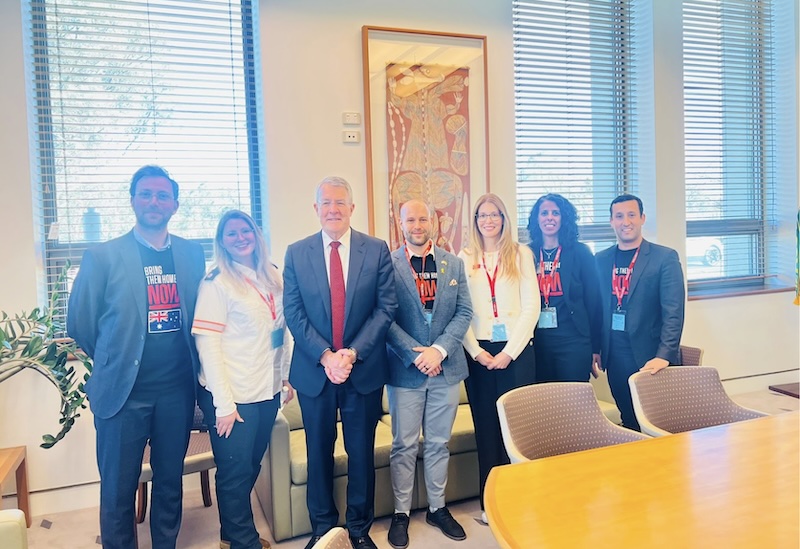
Pictured: Ofir Birenbaum centre, with Attorney general, Mark Dreyfus(Labor) centre left and Head of legal, ECAJ, Simone Abel centre right, Also pictured: Alex Polson, (Better council), Hagit Ashual (Better council) and Avi Efrat (Better Council)
Undercover Birenbaum sets up Greens candidate
But as well as continuing with his public pro-Israel right-wing activities, Birenbaum became involved in some covert campaigning of his own.
Luc Velez, the Greens’ federal candidate in the seat of Sydney held a stall in Green Square on December 11. He was accompanied by two other Greens campaigners that day. Velez is a well known housing, climate and queer activist.
Birenbaum approached the stall and asked for a leaflet. According to observers, he then left and returned wearing what Velez realised were video glasses.
Birenbaum started quizzing Velez on Greens’ policy on Palestine. Velez answered by mentioning Greens’ support for human rights and international law.
He became aware that Birenbaum was using the glasses to film him.
Later Birenbaum posted the video that he had shot covertly on his Facebook page. It was there until recently, but has now been removed.

Pictured: Post by Ofir Birenbaum with video of him approaching Greens Federal Candidate for Sydney.
This post triggered many responses, including homophobic ones.
These were not removed by Birenbaum. MWM’s reporters independently verified these responses, which remained on Birenbaum’s account until last week.
Birenbaum has posted many images and comments which are offensive to the Muslim community and followers of Islam.

Pictured: Post by Ofir Birenbaum (now deleted) , the day after Israel’s pager attack on Lebanon which killed at least 12 people, including 2 children.
In Newcastle, he filmed a small peaceful pro-Palestinian protest for more than half an hour and then interacted with protesters complaining that he felt unsafe, observers told MWM. He also used his video glasses to film undercover at Sydney’s Invasion day rally.
He took his dog Oreo to Greens Deputy Leader Mehreen Faruqi’s animal rights launch in Sydney Park in Inner Sydney. He later posted a positive comment on his dog Oreo’s own Facebook page (also disappeared) but added that it was a pity they (animal rights campaigners) had killed his grandmother.
Since he became a Labor member, Birenbaum has also continued to lead and speak at Together with Israel rallies which were organised as responses to the anti-semitic graffiti and arson attacks that spread fear and concern in the Jewish community and broader community. Here he has spoken alongside Senator David Sharma and retired MP Michael Danby who founded Labor Friends of Israel.

Pictured: Ofir Birenbaum speaking at the December Together with Israel rally, background Senator David Sharma and Ed Halmagyi. Source: ‘Together With Israel’ Facebook
Many of the placards and speeches at the rallies were hostile to the Labor government’s claimed weakness on anti-semitism, although active support from Labor friends of Israel has also featured prominently.
Birenbaum told a rally in January, “The time for lip service [to antisemitism] is over, and the time for actions – not just from us, but from our [Australia’s political] leaders – is now. No more press conferences, no more concerned looks, and no more [empty words, like] ‘this has no place in Australia’.
“Our leaders cannot just throw more money at security, at a task force for this, and a strike force for that – it does not treat the problem, it treats a symptom.
So I’m asking [Albanese] once again, what are you going to do about it?”

Screenshot
Pictured: L-R Michael Danby(ex-Labor MP and Labor Friends of Israel), Ofir Birenbaum (Together with Israel, friend of Australian Jewish Association), Michael Easson (former VP of Labor Party NSW), Rabbi Benjamin Elton(Senior Rabbi Great Synagogue Sydney at a December 2024 rally. Source: ‘Together With Israel’ Facebook
What Labor did about it
The power couple spurred debate across the country yet again in December 2024. While they were on their way to a celebration of Israeli technology event staged at the Great Synagogue in Sydney’s CBD, they stopped to make a detour.
Wearing his infamous spy glasses, Birenbaum began secretly recording a Palestine protest occurring outside the synagogue’s entrance.
Birenbaum happened to “have an Israeli flag with him”, which he unravelled while standing across the road from the protest. Police moved Birenbaum on, alleging his action was provocative.
The media circus followed. The Australian Jewish Association tweeted about their “friend”, a “Jew [was] detained outside Sydney’s Great Synagogue for having an Israeli flag.” This incident was then featured in a Sky News story in which right-wing presenter Chris Kenny interviewed Birenbaum.

Chris Kenny interview Birenbaum on Sky News
This incident provided part of the political context for Labor’s NSW premier Chris Minns to condemn the Palestine protest as “disturbing”, and called for “urgent change” to protest laws outside places of worship.
“Demonstration and protests are important, but so is the principle that all Australians have a right to practice their faith free of intimidation or free of protest,” Premier Minns said. In February, the NSW government passed a suite of tough new laws limiting speech and protests.
Meanwhile, Albanese government passed the strongest hate speech laws and doxxing laws with mandatory sentencing, with many arguing the goal was to silence free speech about Israel.
The state and federal Labor party leaders have passed reforms that Birenbaum, Calland and other extreme Zioinists had lobbied for.
Birenbaum would regularly upload secretly-recorded videos of anti-Zionists, with mentions of their names, workplace, and immediate family.
Time will tell if the true purpose of the doxxing and hate speech laws is to protect all members of Australian society, or simply to target Pro-Palestinian activists and other dissenters.
Watershed moment for Greens
Many Labor grassroots supporters would not recognise themselves in the political activities of their fellow party members Calland and Birenbaum.
The stakes are high for the Greens. This week, Greens leader Adam Bandt accused Advance and other third party campaigners of falsely claiming to be community-based.
“The nation’s billionaires are running the same Trump-style disinformation campaign they did during The Voice, using donations from coal and gas billionaires and the Liberals to build astroturfing groups in a desperate attempt to stop the Greens.”
“This election is make or break for their ability to keep profiteering off the climate crisis. Experts predict a minority Parliament, where the Greens will keep Dutton out and push Labor to tax the billionaires behind Advance, helping us get dental and mental health into Medicare and build affordable housing.”
MWM has sent questions to Ron Hoenig and Tanya Plibersek and will report their responses when they reply. Sophie Calland was contacted but has not respond.
Inside the ARC of Israel influence in the Queensland Election
This post was originally published on Michael West.




